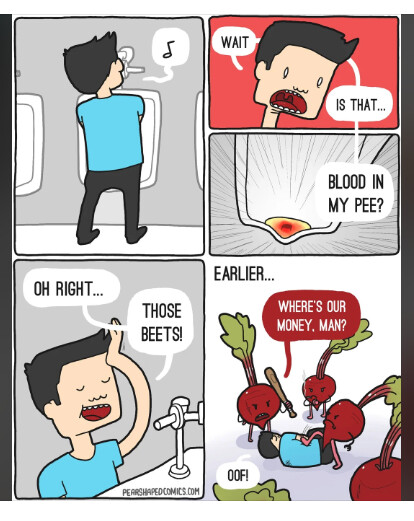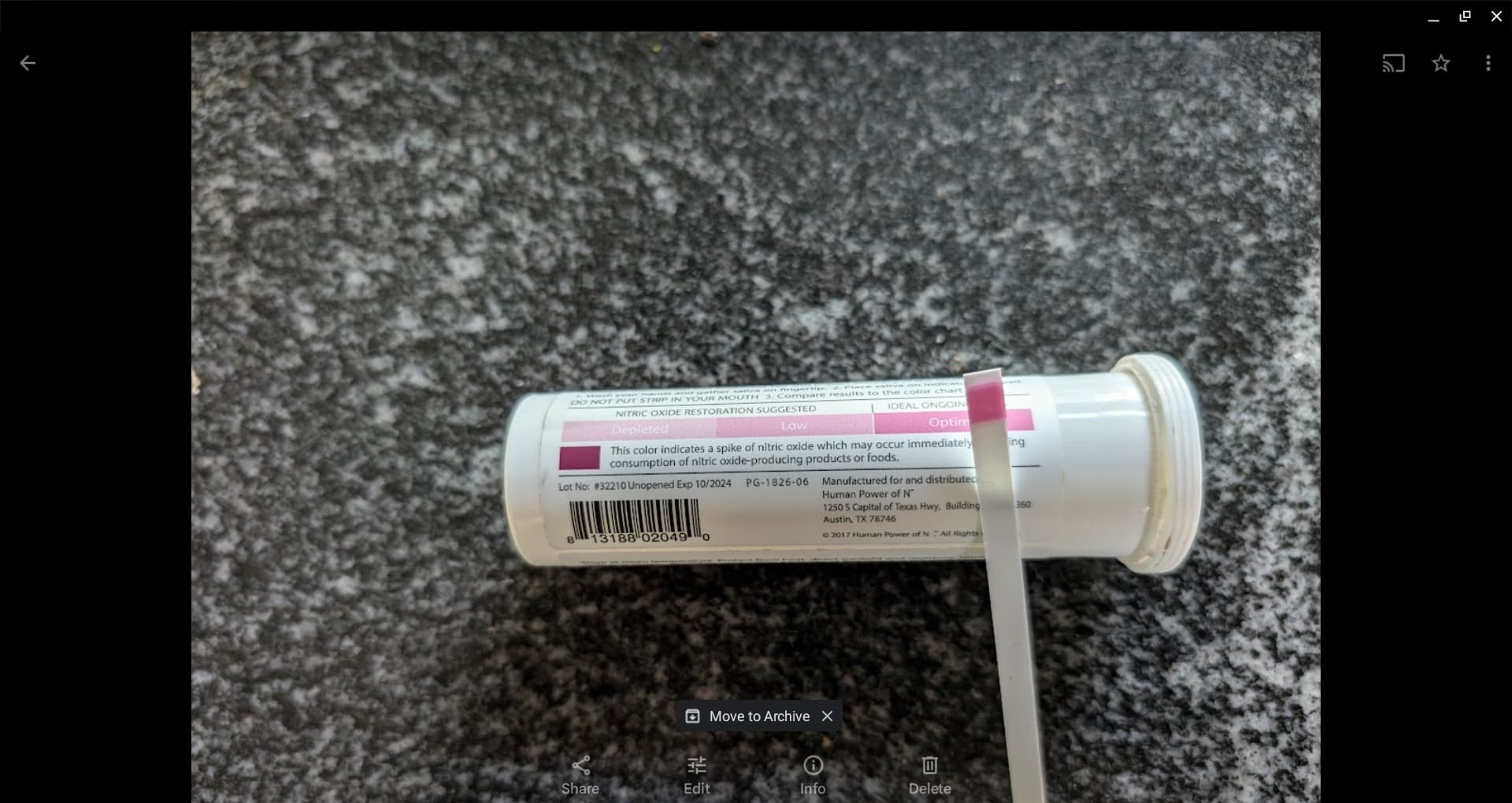An increase in the prevalence of noncommunicable chronic diseases has been occurring in recent decades. Among the deaths resulting from these conditions, cardiovascular diseases (CVD) stand out as the main contributors. In this regard, dietary patterns featuring a high content of vegetables and fruits, such as the Mediterranean and the DASH diets, are considered beneficial, and thus have been extensively studied. This has resulted in growing interest in vegetable-derived ingredients and food-supplements that may have potential therapeutic properties. Among these supplements, beetroot juice, which is obtained from the root vegetable Beta vulgaris, has gained much attention. Although a significant part of the interest in beetroot juice is due to its nitrate (NO3−) content, which has demonstrated bioactivity in the cardiovascular system, other ingredients with potential beneficial properties such as polyphenols, pigments and organic acids are also present. In this context, the aim of this review article is to analyze the current knowledge regarding the benefits related to the consumption of beetroot and derived food-supplements. Therefore, this article focuses on nitrate and betalains, which are considered to be the major bioactive compounds present in beetroot, and thus in the derived dietary supplements.
I’ve been doing beetroot supplements for a couple weeks now and I think it’s going pretty good.
Here’s an article about beet powder…supplements and exercising.
Good one. From the article;
“ WHEN SHOPPING FOR beet powder, avoid capsules and opt for a loose powder or chewable option instead. The process of converting nitrate to nitric oxide begins in your mouth, thanks to an assist from bacteria on your tongue, says Brandt. Capsules bypass this process and land further down in your digestive tract. And skip antibacterial mouthwash before you take your beets—it can interfere with nitrate’s conversion to nitric oxide, she says.”
Use nitrite test strips to test your oral microbiome ability to convert nitrate (in food) to nitrite (in saliva).
I have a large garden and starting in spring with rhubarb, find a lot of vegetables that impact my nitrate levels. Not sure whether to thank or curse @Joseph_Lavelle for his insights on testing for nitrates as it has become a habitual first thing in the morning. (joking). I do dose the plantings a bit with nitrogen fertilizer to get a nice boost in my saliva. Some mornings I surpass the color scale of the test strips. (I presume that is not a bad thing).
Very well done. My guess is your cardiovascular system is enjoying the NO.
Because processing most likely diminishes availability of nitrates in the powder, I go with fresh beets when possible. I never got the “beet experience” with the powder.
Post-beet pee

https://www.reddit.com/r/comics/comments/4jsf6i/postbeet_pee/
acarbose can block their sugar but idk by how much
i’ve started to eat them en masse now (thanks to whole foods) but I’m really concerned about how they can spike glucose
==
Finding a low-sugar beet cultivar is tricky but doable — especially if you’re sourcing from heirloom, wild-type, or non-commercial seed suppliers. Here’s how to hunt one down like a vegetable archaeologist:
 What to Look For:
What to Look For:
 1. Avoid “sugar beets”:
1. Avoid “sugar beets”:
- Sugar beets (the white, fat ones) are bred specifically for sugar extraction and can be up to 20% sucrose. These are not what you want.
 2. Target heirloom, old-world, or forage types:
2. Target heirloom, old-world, or forage types:
-
Heirloom beets like:
-
Chioggia(striped Italian beet): ~6% sugar -
Cylindra(long Danish beet): often lower in sugar, especially when harvested young -
Detroit Dark Red: one of the older commercial varieties, lower sugar than modern hybrids
-
-
Forage beets / mangelwurzel / mangel beets:
- Bred for animal feed, not taste — often much lower sugar and higher fiber
- Example:
Yellow Mangel,Giant Eckendorf,Colossal Long Red
 3. Look for wild relatives:
3. Look for wild relatives:
-
Sea beet (Beta vulgaris subsp. maritima) is the ancestral species — edible, salty, earthy, and far lower in sugar.
- It’s hard to find seeds, but some native plant sellers or permaculture types might stock them.
- Grows along coasts; leaves more than roots are eaten.
 Where to Search:
Where to Search:
 Seed Sources:
Seed Sources:
- Baker Creek Heirloom Seeds (rareseeds.com)
- Adaptive Seeds
- Uprising Seeds
- Fedco Seeds
- Wild Garden Seed
- Real Seeds UK (if you can import)
Use search terms like:
- “heirloom beet”
- “forage beet”
- “mangelwurzel”
- “low sugar beet”
- “Beta maritima”
 Pro tip: Test sugar yourself!
Pro tip: Test sugar yourself!
If you’re really serious, you can use a Brix refractometer (cheap on Amazon, ~$20) to measure the sugar content of various cultivars as they grow. Early-harvested roots usually have lower sugar.
 Bonus: How to reduce sugar even in normal beets
Bonus: How to reduce sugar even in normal beets
- Harvest small/young: Baby beets = less sugar
- Grow in low-nitrogen soil: High nitrogen = faster growth = more sugar
- Avoid late-season harvest: Sugar accumulates over time
Want help sourcing specific seed packets or comparing nutrient profiles?
===
Beet supplements are all the rage if you visit health stores.
Since I started taking beet supplements, along with Ctrulline and Grape seeds, I have been able to reduce my blood pressure medications.
I started Beets because it has NO enhance potential. It does boost my daily energy for me.
Nice Jonas.
I read this and need to start back on my powder beet supplements.
Link: Beetroot Powder Supplements: Effects, Research & Side Effects
Side effects… don’t take if you already have Blood Pressure that’s too low… or, if you are disposed to having kidney stones.
Beetroot juice lowers blood pressure in older people by changing oral microbiome
In both groups, the make-up of the oral microbiome changed significantly after drinking the nitrate-rich beetroot juice, but these changes differed between the younger and older age groups.
The older age group experienced a notable decrease in the mouth bacteria Prevotella after drinking the nitrate rich juice, and an increase in the growth of bacteria known to benefit health such as Neisseria. The older group had higher average blood pressure at the start of the study, which fell after taking the nitrate-rich beetroot juice, but not after taking the placebo supplement.
I vaguely recall Michael Lustgarten once saying beets had a big positive effect on his biomarkers, but don’t recall the details.
This guy is saying that Do Not Age will be releasing a fermented beets product:
I guess fermentation converts nitrates into nitrites, which the mouth and body microbiome also does; and then nitrites get you further down the chain to producing nitric oxide. But if your microbiome isn’t working too well, then this could lead to a big improvement in your body’s generation of nitric oxide from certain foods.
Speaking of DoNotAge, they appear to have angered the mild-mannered “Richard” from Modern Healthspan:
This is not a bad idea but seems like an expensive way to get nitrite. It’s much simpler and likely much cheaper to just eat more nitrate or supplement with beetroot powder as a source of nitrate. If your oral microbiome isn’t converting a lot of nitrate into nitrite that will be fixed partially by eating more nitrate. Increasing nitrate ingestion tends to increase the abundance of the bacteria that convert nitrate to nitrite.


